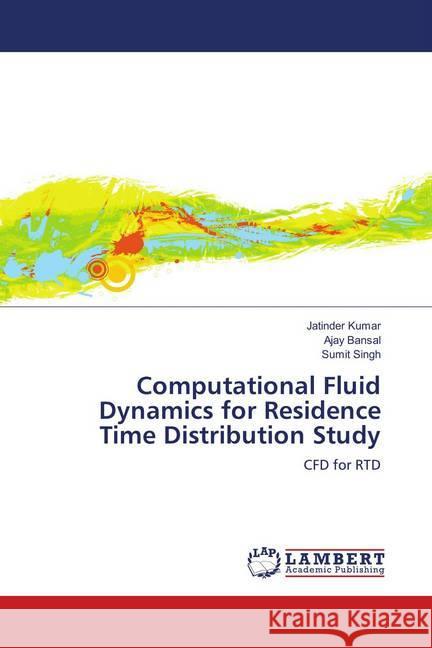Computational Fluid Dynamics for Residence Time Distribution Study : CFD for RTD » książka
Computational Fluid Dynamics for Residence Time Distribution Study : CFD for RTD
ISBN-13: 9783659452857 / Angielski / Miękka / 2013 / 68 str.
The performance of a reactor is greatly influenced by the hydrodynamics. Residence time distribution (RTD) is applied to characterize the flow in the reactor. The analysis of RTD data is very useful to study the flow pattern, determine the degree of mixing, and diagnose flow problems such as recirculation, channelling, short-circuiting or stagnation. RTD study of a reactor is generally performed by performing experiments. However, experiments for RTD are time consuming and error prone. The present study deals with avoiding the above problem. In current work, CFD code was developed for performing the RTD study of two different annular reactor configurations i.e. reactor with axial inlet and outlet, and reactor with radial inlet and outlet. It has been observed that the reactor with radial input and output can give better performance than reactor with axial input and output in case of surface reactions. However, flow channelling is observed in the reactor having radial input and output at high flow rate.











